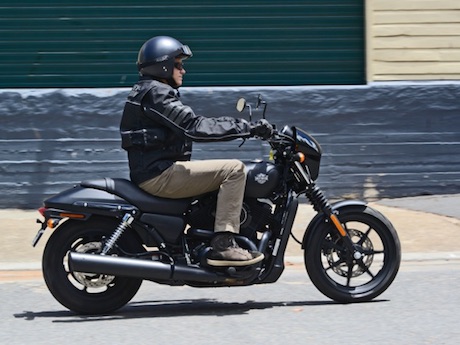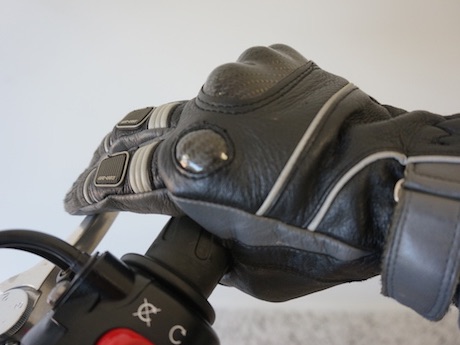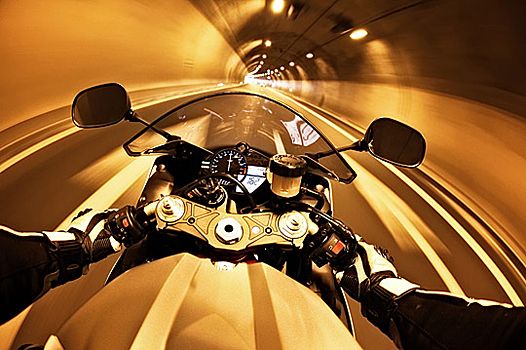There are four good reasons to blip the throttle on your motorcycle: sound, spite, speed and, most importantly, safety.
SOUND
It’s almost mandatory to blip the throttle – not just a quick flick of the wrist, but several blips – whenever you ride through a tunnel so you can hear the magnificent sound of your exhaust echoing off the walls.
SPITE
It’s also good for spite to blip the throttle as you roll past your annoying neighbour who decides to mow just as you sit down with your friends to a nice, quiet backyard barbecue.
But mainly a quick blip of the throttle is used by experienced riders to obtain smooth gear changes for both performance and safety.
SPEED
Most people who blip the throttle do so on the downshift which we will explain shortly.
However, it may also be handy to blip the throttle on the upshift.
It’s not exactly flat shifting as used by racers where you don’t drop the throttle as you upshift but hold it on to the throttle stop.
However, on high-compression bikes where the revs drop quickly, you may find it handy to give the throttle a quick blip between gear changes if you are looking for rapid progress.
SAFETY
Mainly blipping the throttle is used on the downshift to avoid the rear wheel compression-locking.
Without getting too technical, the lower the gear the higher the engine revs for the same bike speed. As you change down, the chain, belt or shaft slows the rear tyre faster than the engine can pick up revs or the bike can slow down. The result is that the rear wheel skids. It doesn’t exactly “lock up”, but it turns slower than it needs to roll along the road.
This can be dangerous and lead to “tail wagging”. The effect is more significant on large V-twins and single-cylinder bikes with a lot of engine braking than on high-revving four-cylinder bikes.
The key to avoiding this is to get the engine revs high enough to match the road speed so your rear wheel spins at the same rate it needs to roll at the current road speed.
Riders talk about “matching engine revs with ground speed”, which simply means increasing revs as you gear down.
However, because you usually downshift as you are either coming to a halt or approaching a corner, it’s also a little difficult as it requires you to squeeze the front brake while working the throttle with the same hand.
It’s not an easy skill to learn and most trainers don’t teach it to learners. Instead, they tell novices to ease out the clutch slowly so the engine revs can gradually match ground speed and to use all four fingers on the brake which makes blipping impossible.
But if you need to change down gears quickly, you don’t have time to ease out the clutch.
That’s why a slipper clutch which prevents compression locking is now being introduced on many learner-approved motorcycles such as the Harley-Davidson Street 500, Kawasaki Z300 and Ninja 300, KTM 390, and Yamaha R3.

If you don’t have a slipper clutch, the manual technique to prevent compression locking requires you to do several things at the same time: brake, pull the clutch, change gears and blip the throttle.
Braking and working the throttle requires you to do two things at the same time with the same hand.
The best technique for this is to use your first two fingers on the front brake and your thumb and remaining two fingers to work the throttle.

It’s not easy, but practice will make it smoother. Find a safe, quiet area with a good road surface to practise. Concentrate on keeping the brake pressure consistent as you blip the throttle, or at least hold the throttle constant.
Before you use this technique, make sure your front brake is adjusted so it doesn’t squeeze your two fingers on to the throttle when you pull it on full.
WARNING
Do not blip the throttle during a panic or emergency stop. Use all four fingers to pull the front brake as you were taught by your trainer.



